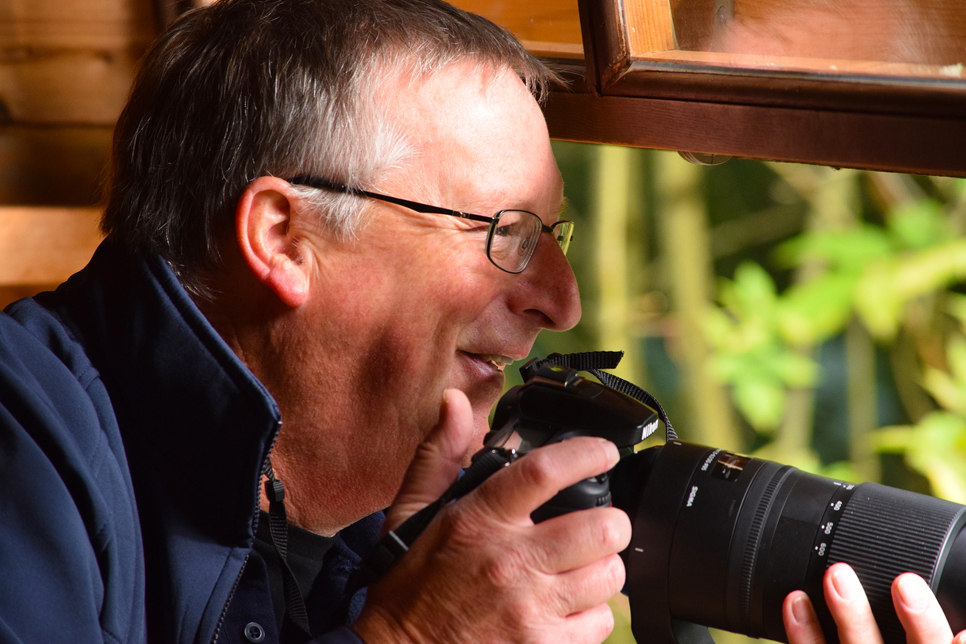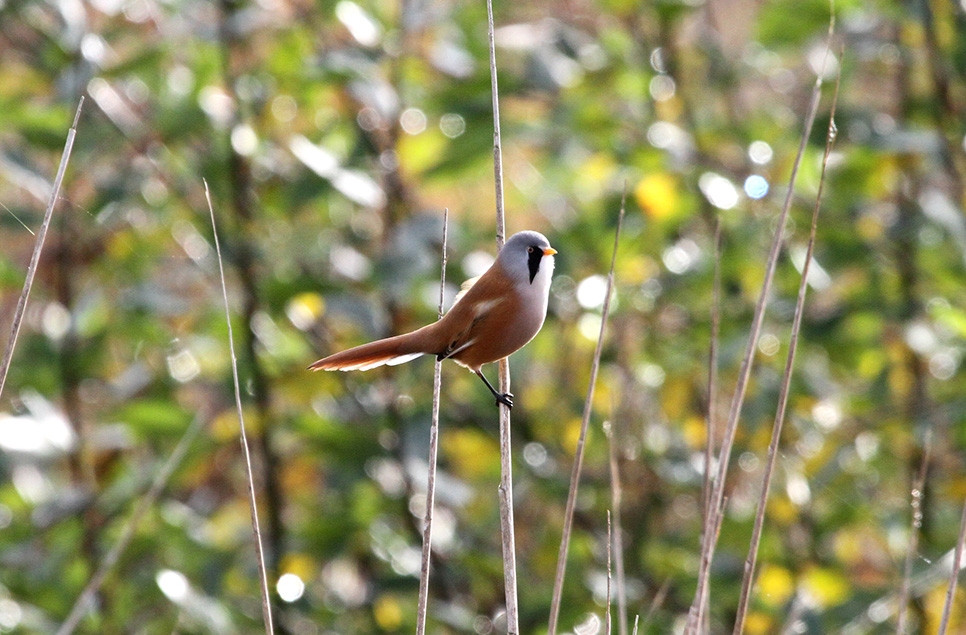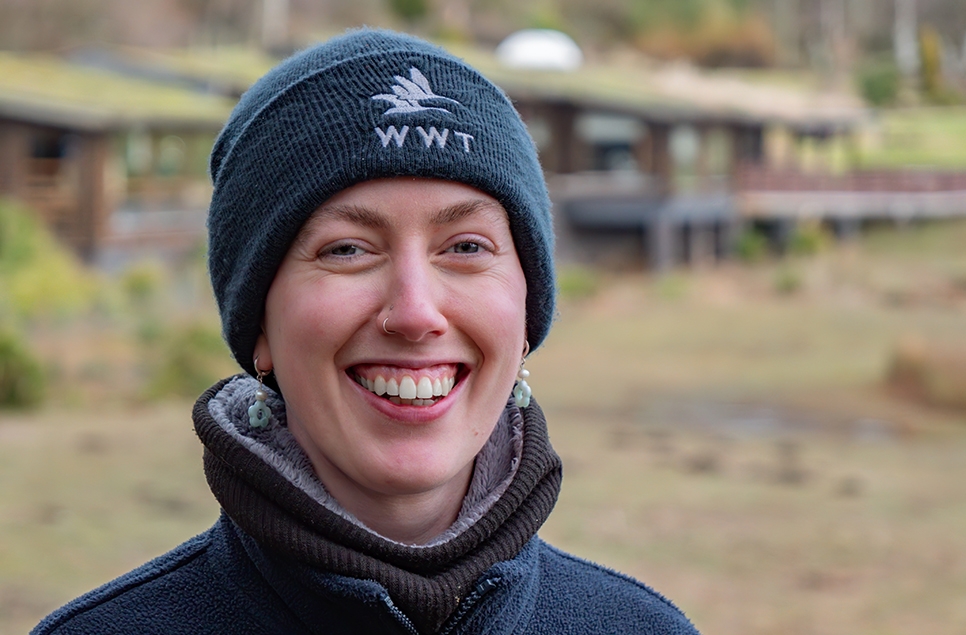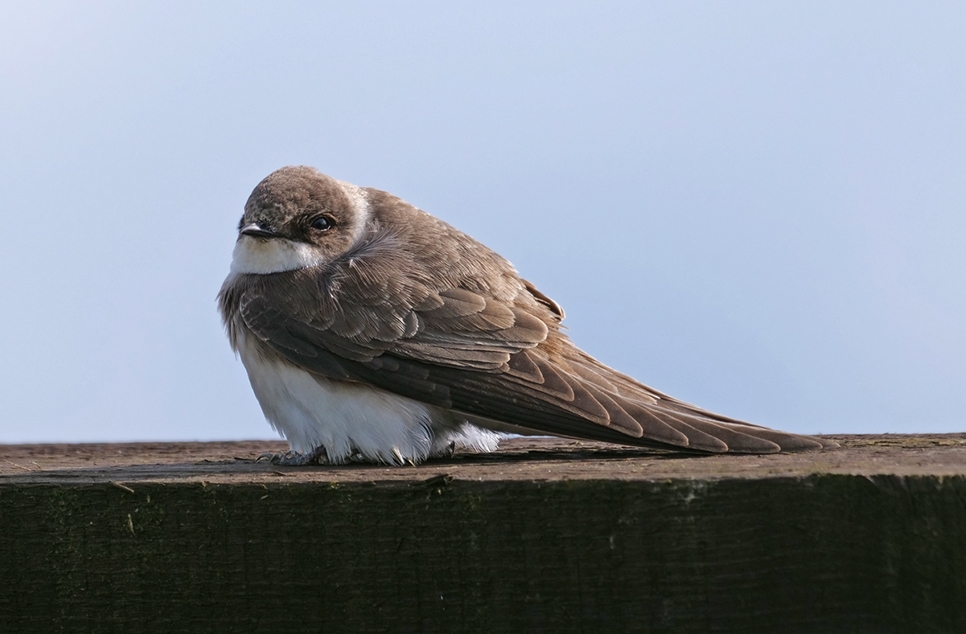Happy birthday WWT!

The Wildfowl & Wetlands Trust (WWT) is 65 today.
WWT has saved species, pioneered scientific research and helped governments and communities reap widespread benefits from wetlands.
Since its formation at Slimbridge, Gloucestershire, in 1946 (as the Severn Wildfowl Trust), WWT has opened eight more wetland centres, covering 2,600 hectares in England, Scotland, Wales and Northern Ireland.
Six of these sites are now part of larger Ramsar wetlands – areas recognised globally for their high wildlife value – and one million people visit WWT reserves and visitor centres every year, more than half of whom are children.
WWT Washington opened in May 1975 and is one of WWT’s most urban sites; bringing rare and exotic waterbirds, unique wetland habitats and year-round opportunities to interact with wetland wildlife to the people of North East England.
Martin Spray, Chief Executive of WWT, said: “WWT has become a major force in wetland conservation in a very short time.
“Our science has saved species and our centres have become hubs of learning, inspiration and recreation. WWT founder, Sir Peter Scott, saw that enthusing people about nature was paramount, a principle that remains at the heart of all we do.
“Wildlife would be devalued without it, and our attempts to conserve nature for future generations would fail.”
Sir Peter’s work to save endangered species set high standards for conservation today. He dreamt of combining wildfowl research and education in one body, choosing Slimbridge as the new Trust’s headquarters because of the area’s importance to wildfowl.
In his autobiography, The Eye of the Wind, Sir Peter wrote of “the scientific and educational effort which I believed was so badly needed for the conservation of wildfowl.”
Martin Spray said: “While others were putting ‘keep out’ signs on nature reserves in the misguided view that it would protect them, Peter opened the doors to Slimbridge and welcomed people in."
WWT’s achievements span continents. In 1962, Hawaiian geese reared at Slimbridge were reintroduced to Hawaii, effectively saving the species. WWT has subsequently worked on wetland species and habitat projects in Europe, Asia, South America and Africa.
WWT’s London Wetland Centre, one of the largest man-made wetlands in any major city, was opened in 2000.
WWT staff have also become global experts in rearing rare birds to create a captive population for eventual reintroduction to the wild. Their work is currently helping spoon-billed sandpipers and the Madagascar pochard, both of which face extinction. WWT Washington’s captive animal manager Owen Joiner was directly involved in the Madagascan project, which saw him hand-rearing the rare ducklings in a hotel room during Christmas 2009.
More recently, WWT was part of a coalition campaigning against a damaging and costly tidal barrage across the Severn Estuary.
And last month, WWT signed an important agreement with the Ramsar Convention, forging closer ties with the treaty’s 160 partner governments.
Top 10 WWT achievements:
1962 the first Slimbridge-reared nene (Hawaiian geese) are released into the wild in Hawaii. Reintroduction prompts the recovery of the world nene population which had fallen to 30 by 1951.
1969 plans to build a dam at the main area for breeding pink-footed geese in Thjorsarver, Iceland, are dropped after successful lobbying by WWT.
1973 Sir Peter Scott knighted for his services to conservation.
1975 WWT recreates wetland at Martin Mere, Lancashire. Ten years later the site wins Ramsar designation.
1993 The main white-headed duck wintering site at Burdur Golu, Turkey, is formally protected, following a collaborative study initiated by WWT.
1999 the long-term protection of barnacle geese at Caerlaverock, Scotland, by WWT and others helps the Svalbard barnacle goose population to reach 25,000 after dropping to just 300 in 1948.
2000 The WWT London Wetland Centre opens and is one of the largest created wetlands in any major city.
2002 WWT designs the International Wetland Park in Hong Kong (opens 2006).
2003 Carmarthen Bay is made the UK’s first marine Special Protection Area under European law after WWT surveys show its importance for common scoters.
2011 WWT signs a Memorandum of Cooperation with the Ramsar Convention, forging closer links with the treaty’s 160 signatory governments.



